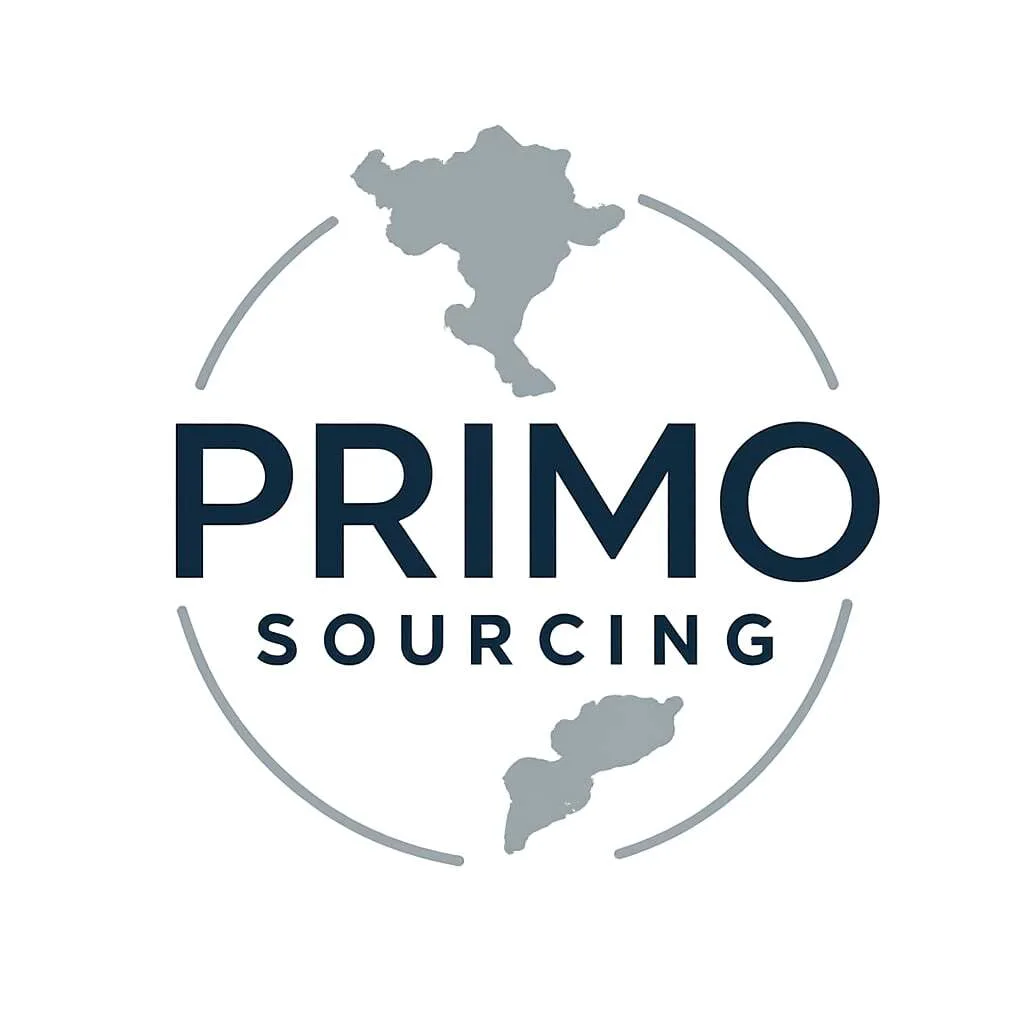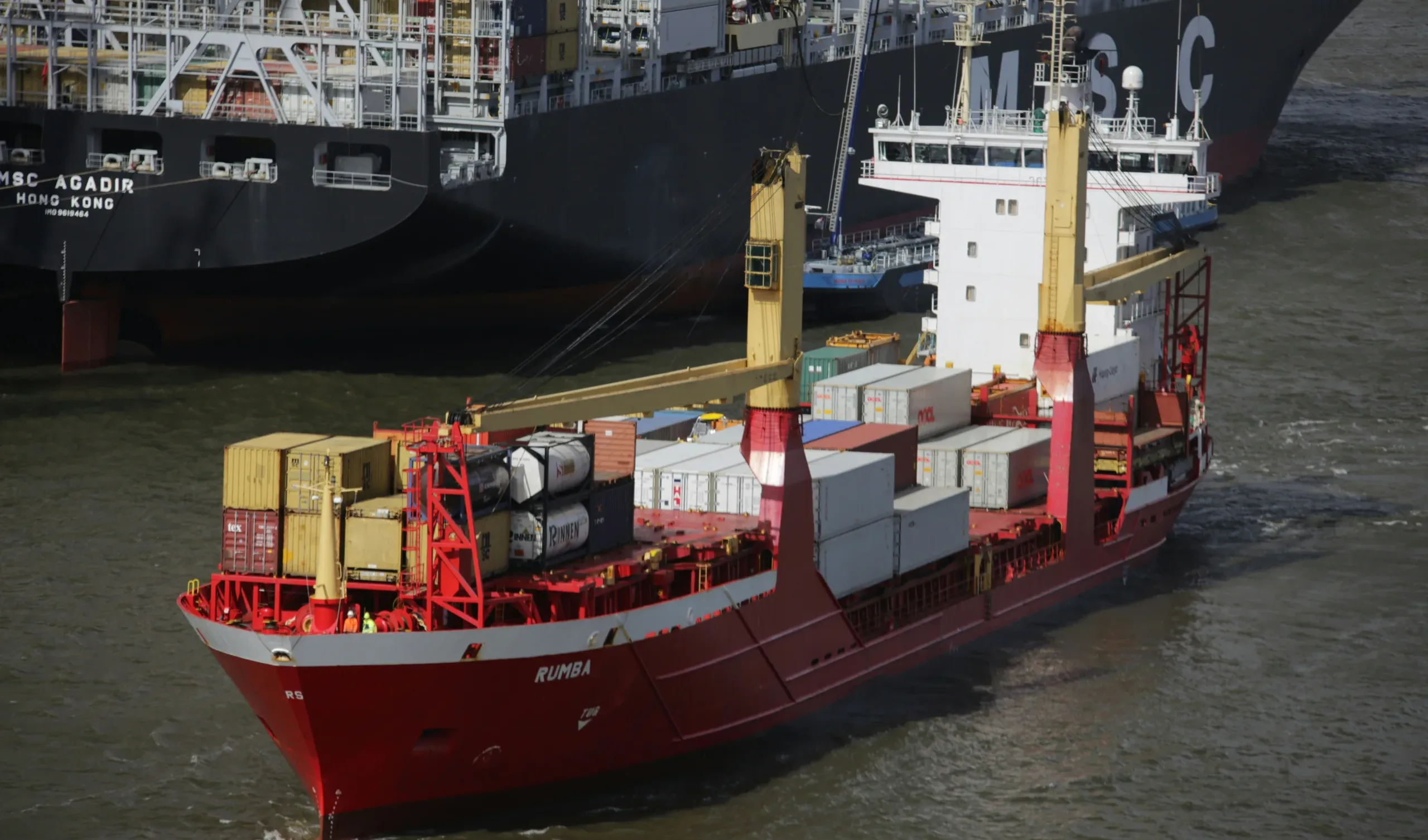Tariffs are more than just a tax; they are a geopolitical instrument whose sudden changes can instantly erode profit margins and collapse supply chains. For modern sourcing leaders, understanding how tariffs work requires understanding their history, particularly the seismic shifts triggered by the US-China trade war. This is PRIMO Sourcing’s comprehensive guide to navigating duties, minimizing landed costs, and using geopolitical shifts to your brand’s advantage.
Part 1: The Historical Context of Tariffs
To understand why tariffs dominate modern sourcing strategy, we must look beyond the customs form and examine their historical role—from revenue generation to weaponized trade policy.
From Revenue to Protectionism
Tariffs are among the world’s oldest forms of government income.
- Early History: Tariffs were initially used almost exclusively as revenue generators. Before income taxes, duties on imports were a reliable way for governments to fund state operations.
- The Age of Protectionism: Tariffs evolved into protective tariffs—a tool to shield nascent or struggling domestic industries from foreign competition. By making imported goods more expensive, governments incentivized consumers to buy locally, fostering domestic employment and economic stability.
- The Modern Weapon: Tariffs today are often deployed as strategic leverage or retaliation in political disputes, exemplified by the recent US-China conflict.
The Great Tariff Catalyst: The US-China Trade War
The period starting in 2018 fundamentally restructured global manufacturing and made tariff mitigation a permanent corporate priority.
| Period | Action & Focus | Impact on Global Sourcing |
| 2018-2020 | US imposes successive waves of origin-specific tariffs (Section 301) on billions in Chinese goods. | Forced Supply Chain Diversification (China Plus One strategy). Companies urgently sought alternative manufacturing hubs. |
| Primary Effect | The massive rise of Vietnam as a sourcing power, absorbing a significant portion of China’s lost market share in the US. | Manufacturers had to restructure their entire supply chain, prioritizing risk management over pure cost-saving. |
| Modern Challenge | Increased scrutiny on Rules of Origin to prevent Chinese goods from being illegally transshipped or relabeled in third countries (e.g., Vietnam) to evade duties. | Customs Compliance became more complex, requiring rigorous verification of raw material origin. |
Part 2: The Mechanics: How Tariffs Work in Global Sourcing
Tariffs are collected by the customs authority of the importing country (e.g., U.S. Customs and Border Protection or HMRC) and are ultimately paid by the importer of record.
The Three Core Tariff Structures
Understanding these types is essential for calculating accurate landed costs:
- Ad Valorem Tariffs: The most common type. Levied as a percentage of the customs value of the imported goods.
- Example: A 15% tariff on a shipment valued at $100,000 results in a $15,000 duty.
- Specific Tariffs: A fixed fee charged per unit of measurement, regardless of value.
- Example: A $2.50 tariff per kilogram of imported steel. Used frequently for agricultural products or raw materials.
- Compound Tariffs: A combination of both Ad Valorem and Specific rates.
The Sourcing Foundation: HTS Codes
Every product in global trade is classified using the Harmonized Tariff Schedule (HTS) code (or HS code).
- The HTS code is a mandatory, multi-digit numeric code that determines the applicable tariff rate based on the product’s description, composition, and function.
- PRIMO Vetting Insight: Misclassifying an HTS code—whether accidental or intentional—is a major Customs Compliance risk that can lead to fines, shipment delays, and retroactive duty payments.
Part 3: The PRIMO Strategy for Tariff Mitigation
In today’s geopolitical climate, successful sourcing is about proactive tariff mitigation and dynamic strategy.
1. Leverage Free Trade Agreements (FTAs)
FTAs are the most powerful tool for tariff reduction.
- Mechanism: Agreements like the CPTPP or EU-Vietnam Free Trade Agreement (EVFTA) eliminate or significantly reduce tariffs between member countries.
- Actionable Strategy: Sourcing from countries with broad FTAs (like Vietnam) ensures your imported goods gain preferential access to major markets, potentially reducing your final landed cost to zero.
2. Diversification for Risk Management
The “China Plus One” strategy is no longer optional—it is required to build supply chain resilience.
- Avoid Single-Country Risk: Maintain suppliers in at least two different regions that have diversified geopolitical risk profiles. If tariffs suddenly hit one country, your production is not paralyzed.
- Focus on Vietnam: Vietnam’s manufacturing ecosystem is built on this diversification, making it a critical manufacturing hub for US and EU importers seeking stability.
3. The Proactive Compliance Check
Never assume your supplier handles compliance correctly.
- Origin Verification: Demand detailed documentation confirming that the Country of Origin is accurately declared, especially if a product uses raw materials from another country (e.g., Chinese components assembled in Vietnam).
- Audit Rules of Origin: Ensure your product meets the criteria (e.g., sufficient substantial transformation or local value add) required to qualify for FTA benefits and avoid transshipment penalties.
PRIMO Sourcing: Navigating the Geopolitical Maze
Tariffs are now a permanent part of the sourcing equation, requiring continuous monitoring and strategic agility. For brands relying on global supply chains, partnering with a firm that tracks these geopolitical shifts is essential to protecting profitability.
We turn complex trade policy into clear action, ensuring your sourcing strategy delivers the lowest legitimate landed cost and highest level of customs compliance.
Contact PRIMO Sourcing Today at Kelly@primovn.com to secure a supply chain built for resilience in a tariff-heavy world.

